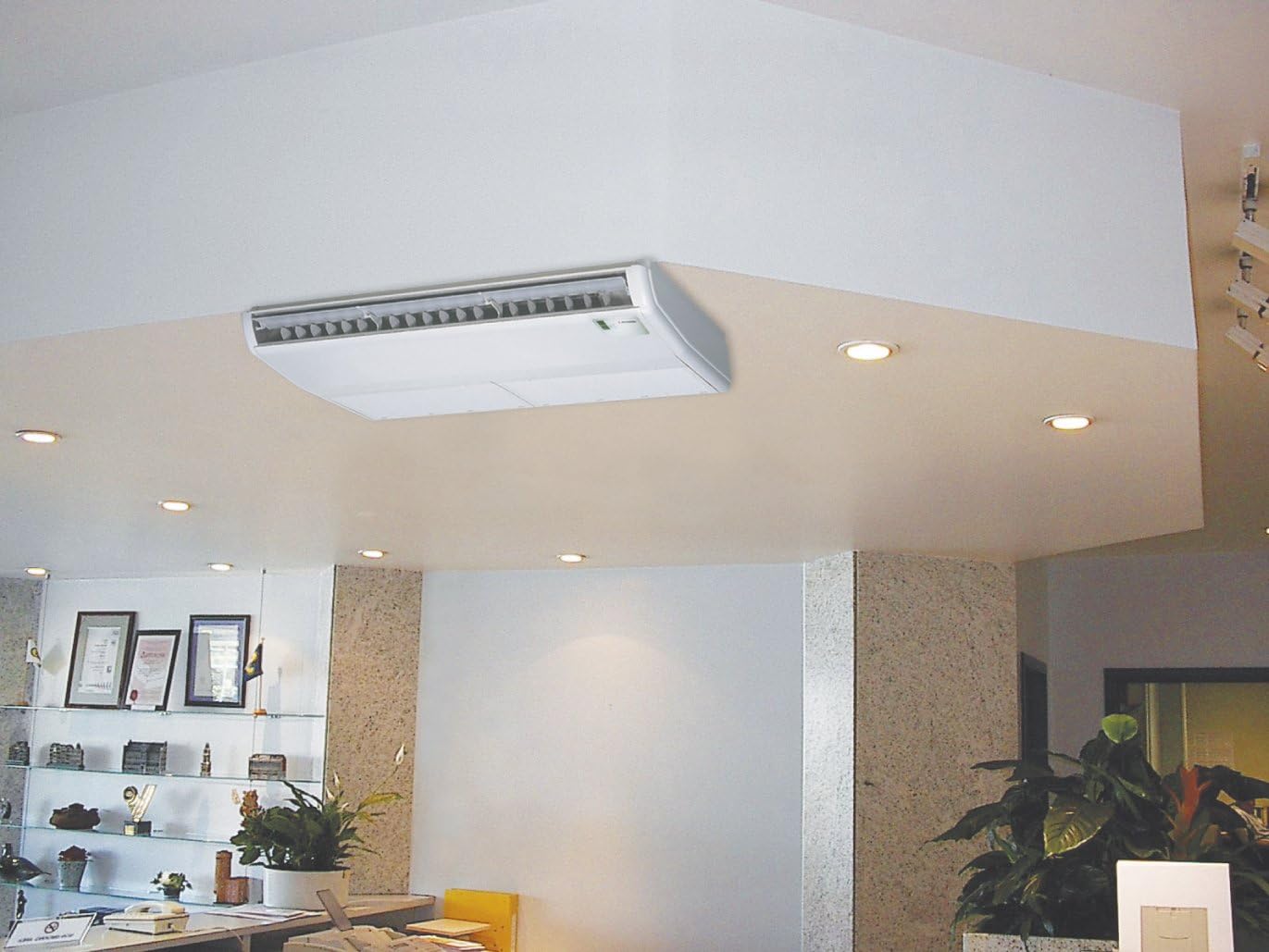

Articles
How Much Does A Ductless AC Cost
Modified: January 8, 2024
Discover the average cost of ductless AC systems and get tips on how to save money when installing a new unit. Read more articles on home cooling options.
(Many of the links in this article redirect to a specific reviewed product. Your purchase of these products through affiliate links helps to generate commission for Storables.com, at no extra cost. Learn more)
Introduction
Welcome to the world of ductless air conditioning systems, where comfort and convenience meet energy efficiency! If you’re considering installing a new air conditioning system or upgrading your existing one, you might have come across the term “ductless AC.” But what exactly is ductless AC and how much does it cost? In this article, we will explore the various factors that influence the cost of ductless AC systems and provide you with a comprehensive understanding of what to expect.
Ductless AC systems, also known as mini-split systems, are a modern alternative to traditional central air conditioning systems. Unlike traditional systems that rely on a network of ducts to distribute cooled air throughout a building, ductless AC systems operate without ductwork. Instead, they consist of an outdoor unit and one or more indoor units, which are connected by refrigerant lines.
One of the main advantages of ductless AC systems is their versatility. They can cool individual rooms or zones independently, allowing for customizable climate control. This flexibility makes them an ideal choice for homes with limited or no ductwork, as well as for room additions, garages, or office spaces.
Now that we have a basic understanding of ductless AC systems, let’s delve into the factors that can impact their cost.
Key Takeaways:
- Ductless AC systems offer energy-efficient, customizable cooling with upfront costs ranging from $3,000 to $7,000. Factors like the number of units, installation complexity, and brand quality influence the overall cost.
- Consider energy efficiency, rebates, and proper maintenance to save money on ductless AC installation. Professional installation and regular maintenance are crucial for optimal system performance and longevity.
Read more: How Much Does Ductless Air Conditioning Cost
Overview of Ductless AC Systems
Ductless air conditioning systems, also known as mini-split systems, have gained popularity in recent years due to their energy efficiency, ease of installation, and individual zone control capabilities. These systems consist of two main components: an outdoor unit and one or more indoor units.
The outdoor unit houses the compressor, condenser, and other components necessary for cooling the air. It is typically installed outside the building, either on the ground or mounted on a wall. The indoor units, on the other hand, are installed inside the rooms or zones that need to be cooled. These units are sleek and compact, and can be mounted on the wall, suspended from the ceiling, or even recessed into the ceiling for a more seamless look.
What sets ductless AC systems apart from traditional central air conditioning systems is the absence of ductwork. Instead of relying on a network of ducts to distribute cooled air, ductless systems use refrigerant lines to transfer the heat from the indoors to the outdoors. This not only eliminates the energy losses associated with ductwork, but also allows for greater flexibility in installation.
Each indoor unit operates independently, meaning that you have the ability to control the temperature of each room or zone separately. This not only provides personalized comfort but also helps save energy by only cooling the areas that are in use. Additionally, ductless AC systems offer the option of heating as well, making them a year-round solution for maintaining a comfortable indoor environment.
Overall, ductless AC systems are known for their quiet operation, energy efficiency, and ease of installation. They are a great option for homeowners who want to retrofit their homes with air conditioning without the need for extensive ductwork. Now that we understand the basics of ductless AC systems, let’s move on to explore the factors that can influence the cost of installation.
Factors Affecting Ductless AC Cost
The cost of a ductless air conditioning system can vary depending on several factors that impact the overall installation process and the specific requirements of your property. Understanding these factors will help you estimate the budget needed for your ductless AC project. Here are the key factors that can affect the cost:
1. Number of Indoor Units:
The more indoor units you need, the higher the overall cost of the system will be. Each indoor unit requires a separate installation, including mounting, electrical connections, and refrigerant line connections. Therefore, if you need multiple units to cool different rooms or zones, the cost will increase accordingly.
2. Capacity and Size:
The capacity and size of the ductless AC system you choose will also influence the cost. Larger systems with higher cooling capacity are generally more expensive. The size of the system should be determined based on the cooling requirements of your space. A professional HVAC contractor can perform a load calculation to determine the appropriate system size for optimal performance.
Read more: How Much Does An AC Cost To Run
3. Difficulty of Installation:
The complexity of the installation can impact the cost. Factors such as the accessibility of the installation site, the distance between the indoor and outdoor units, and the need for additional electrical or structural modifications can increase the installation cost. If the installation requires extensive labor and modifications, it may result in a higher overall cost.
4. Energy Efficiency Ratings:
The energy efficiency ratings of the ductless AC system can also affect the cost. Higher efficiency systems often come with a higher price tag upfront but can provide long-term energy savings and lower utility bills. It’s important to consider the energy efficiency ratings, such as the SEER (Seasonal Energy Efficiency Ratio) and EER (Energy Efficiency Ratio), when choosing a system that balances cost and energy efficiency.
5. Brand and Quality:
The brand and quality of the ductless AC system can impact the cost. Well-known brands with a reputation for high-quality products may come with a higher price tag than lesser-known brands. However, investing in a reliable and reputable brand can provide assurance of durability and long-term performance.
6. Additional Features and Accessories:
Certain additional features, such as advanced filtration systems, smart thermostats, and remote control capabilities, can increase the cost of the system. While these features may add to the upfront cost, they can enhance comfort and convenience in the long run.
It’s important to consult with a professional HVAC contractor who can assess your specific needs and provide a detailed estimate based on these factors. This will ensure you have a clear understanding of the overall cost and make an informed decision when choosing a ductless AC system.
Read more: How Much Does An AC Condenser Cost
Average Cost of Ductless AC Installation
When it comes to the cost of installing a ductless air conditioning system, there are several factors to consider. On average, the cost of installing a ductless AC system ranges between $3,000 and $7,000, with the national average falling around $5,000.
It’s important to note that this is just an average estimate and the actual cost can vary depending on various factors, including the size of the system, the number of indoor units, the complexity of the installation, and regional factors such as labor rates and material costs.
Let’s break down the average cost of ductless AC installation:
1. Equipment Cost:
The cost of the ductless AC equipment, including the outdoor unit and indoor units, typically ranges between $2,000 and $5,000. This cost can vary based on the brand, capacity, and features of the system you choose. Higher-end systems with advanced features might have a higher price tag compared to basic models.
2. Installation Cost:
The installation cost makes up a significant portion of the total cost. This includes the labor required for the installation, such as mounting the indoor units, connecting refrigerant lines, and electrical wiring. On average, installation costs range between $1,000 and $2,000, depending on the complexity of the installation and the number of indoor units.
3. Additional Costs:
There may be additional costs associated with ductless AC installation, such as obtaining permits, purchasing necessary materials for installation (such as mounting brackets and electrical wiring), and any modifications required for the installation site. These additional costs can vary depending on your location and the specific requirements of your project.
It’s worth noting that while the upfront cost of ductless AC installation may be higher compared to traditional central air conditioning systems, ductless systems can offer long-term savings in terms of energy efficiency and lower utility bills. Additionally, the flexibility and individual zone control capabilities of ductless AC systems can further enhance comfort and convenience.
To get an accurate estimate for your specific project, it’s recommended to consult with a professional HVAC contractor. They can assess your needs, evaluate your space, and provide a detailed estimate that takes into account all the necessary factors.
Remember, it’s essential to prioritize quality installation and equipment to ensure optimal performance and longevity of your ductless AC system. Investing in professional installation is crucial for proper system functionality and to maximize the benefits of your investment.
Read more: How Much Does AC Repair Cost
Cost Comparison with Traditional AC Systems
When considering the cost of installing a ductless air conditioning system, it’s important to compare it with the cost of traditional central air conditioning systems. While ductless AC systems may have a higher upfront cost, they can offer several advantages that make it a worthwhile investment. Let’s delve into the cost comparison between ductless AC systems and traditional AC systems.
1. Installation Cost:
Traditional central AC systems rely on ductwork to distribute cooled air throughout the building. This means that if your property doesn’t have existing ductwork, the installation cost can be significantly higher as you would need to install ducts, vents, and registers. On the other hand, ductless AC systems eliminate the need for ductwork, resulting in a simpler and often less expensive installation process.
2. Energy Efficiency:
Ductless AC systems are known for their energy efficiency. They provide individual zone control, allowing you to cool specific rooms or areas as needed, thereby reducing energy waste. In contrast, traditional AC systems cool the entire building, regardless of whether certain areas are occupied or in use. This can lead to higher energy consumption and increased utility bills.
3. Operational Savings:
Due to their energy efficiency, ductless AC systems can offer long-term operational savings. By cooling only the rooms that are in use, you can avoid wasting energy on empty or unoccupied spaces. This can result in significant savings on your monthly energy bills, making ductless AC systems more cost-effective in the long run.
Read more: How Much Does A New AC Cost
4. Maintenance and Repairs:
Ductless AC systems are generally easier and less costly to maintain compared to traditional AC systems. Traditional AC systems require regular maintenance of the ductwork, which can involve cleaning, sealing leaks, and addressing insulation issues. Ductless systems, on the other hand, typically require simple maintenance tasks such as cleaning the filters and ensuring proper airflow. This can save you money on maintenance and potential repair costs over time.
5. Lifespan:
Ductless AC systems are built to last, with an average lifespan of 15 to 20 years when properly maintained. Traditional AC systems, especially those with extensive ductwork, may have a shorter lifespan due to wear and tear on the ducts and other components. Investing in a ductless AC system can save you money in the long run by avoiding the need for premature system replacement.
While traditional central AC systems still have their advantages, such as the ability to cool an entire building at once, ductless AC systems offer more flexibility, energy efficiency, and cost savings. When considering the overall cost, it’s important to evaluate the long-term benefits and potential savings that ductless AC systems can provide.
Ultimately, the cost comparison between ductless AC systems and traditional AC systems depends on your specific needs, the layout of your space, and your budget. Consulting with a professional HVAC contractor can help you make an informed decision and determine the best cooling solution for your home or business.
Additional Costs and Considerations
When planning to install a ductless air conditioning system, it’s important to consider the additional costs and factors that may arise during the process. By being aware of these costs and considerations, you’ll be better prepared and able to budget accordingly. Here are some additional costs and considerations to keep in mind:
1. Electrical Upgrades:
Ductless AC systems require sufficient electrical power to operate. In some cases, electrical upgrades may be necessary to accommodate the increased power demand. This can involve upgrading the electrical panel or adding dedicated circuits for the indoor and outdoor units. It’s important to consult with a licensed electrician to assess your electrical system and determine if any upgrades are needed.
Read more: How Much Does An AC Compressor Cost
2. Installation Accessories:
In addition to the cost of the actual ductless AC system, you may also need to budget for installation accessories. This can include mounting brackets, refrigerant lines, insulation, and condensate drainage components. These accessories ensure proper installation and functionality of the system. The specific accessories required may vary depending on the layout of your space and the installation requirements.
3. HVAC Professional Fees:
Hiring a professional HVAC contractor is crucial to ensure a proper and efficient installation. The cost of the contractor’s services should be factored into your budget. Keep in mind that hiring a qualified and experienced professional can help prevent potential issues and ensure the system operates at its best for years to come.
4. Extended Warranty:
Consider investing in an extended warranty for your ductless AC system. While it may involve an additional cost upfront, an extended warranty can provide peace of mind and protection against unexpected repair or replacement costs in the future. Be sure to carefully review the terms and coverage of the warranty before making a decision.
5. Regular Maintenance:
Like any other cooling system, ductless AC systems require regular maintenance to ensure optimal performance and longevity. Budgeting for routine maintenance, such as cleaning or replacing air filters, checking refrigerant levels, and inspecting the system, is essential. Regular maintenance can help prevent costly repairs and ensure the system operates efficiently.
Read more: How Much Does A Window AC Unit Cost
6. Noise Reduction Measures:
Ductless AC systems are generally known for their quiet operation. However, if noise is a concern for you, you may want to consider additional noise reduction measures. This can include investing in noise-reducing indoor units or installing soundproofing materials around the indoor units to minimize any potential noise disturbance.
It’s important to take these additional costs and considerations into account to have a more accurate estimate of the total investment required for your ductless AC system. Consulting with a professional HVAC contractor for a comprehensive assessment of your space and specific needs can help you plan and budget accordingly.
Benefits of Ductless AC Systems
Ductless air conditioning systems offer numerous benefits that make them an attractive choice for cooling your home or business. Here are some of the key advantages of ductless AC systems:
1. Energy Efficiency:
Ductless AC systems are highly energy efficient. Unlike traditional central AC systems that use ducts to distribute cooled air, ductless systems eliminate the energy losses associated with ductwork. Each indoor unit operates independently, allowing you to cool specific rooms or zones as needed. This targeted cooling approach helps avoid wasted energy, resulting in lower energy consumption and cost savings on your utility bills.
2. Easy Installation:
Installing a ductless AC system is relatively quick and straightforward compared to traditional central air conditioning systems. The absence of ductwork reduces the complexity and installation time required. This means less disruption to your home or business during the installation process and faster access to comfort.
Read more: How Much Does It Cost To Fix AC In Car
3. Individual Zone Control:
One of the significant advantages of ductless AC systems is the ability to control the temperature in individual rooms or zones separately. Each indoor unit has its own thermostat, allowing for customized comfort based on personal preferences. This zoned cooling capability not only enhances comfort but also enables energy savings by only cooling occupied areas, reducing unnecessary energy consumption.
4. Improved Indoor Air Quality:
Ductless AC systems often come equipped with advanced filtration technology, such as multi-stage filters, that can effectively capture dust, pollen, allergens, and other airborne particles. This helps improve indoor air quality by removing contaminants and providing cleaner air to breathe. Additionally, the absence of ductwork means there is no accumulation of dust and allergens within the system, further reducing the risk of indoor air pollution.
5. Versatile Design Options:
Ductless AC systems offer versatile and flexible design options to suit any space. The indoor units are compact and sleek, allowing for various installation configurations. They can be mounted on walls, suspended from ceilings, or even recessed into the ceiling for a more discreet appearance. This design flexibility ensures that the system seamlessly blends into the aesthetics of your space.
6. Quiet Operation:
Ductless AC systems are designed to operate quietly, minimizing noise disturbance in your home or business. The indoor units are equipped with noise reduction technology, allowing for comfortable and peaceful cooling without the distraction of a noisy system. This makes ductless AC systems ideal for bedrooms, living rooms, offices, and other areas where quietness is important.
Overall, ductless AC systems provide superior energy efficiency, personalized comfort, improved indoor air quality, and versatile design options. These benefits make them an excellent choice for homes, offices, small businesses, and other spaces where comfort, efficiency, and flexibility are paramount.
Read more: How Much Does A New Furnace And AC Cost
Tips for Saving Money on Ductless AC Installation
Installing a ductless air conditioning system can be a significant investment, but there are several ways you can save money during the installation process. By being mindful of these tips, you can reduce costs without compromising on the quality and efficiency of your ductless AC system. Here are some money-saving tips to consider:
1. Proper System Sizing:
Ensure that the ductless AC system is properly sized for your space. Oversized systems can lead to higher upfront costs and inefficiency, while undersized systems may struggle to cool your space effectively. Consulting with a professional HVAC contractor who can perform a load calculation will help determine the right system size for optimal performance and energy efficiency.
2. Take Advantage of Rebates and Incentives:
Research any rebates, tax credits, or incentives available for ductless AC installations in your area. Many energy utility companies and government agencies offer incentives for installing energy-efficient systems. Taking advantage of these programs can help offset the cost of installation, making it more affordable for you.
3. Request Multiple Quotes:
Seek quotes from multiple reputable HVAC contractors to compare prices and services. This allows you to find the best balance between cost and quality. Be cautious of extremely low bids, as they may indicate subpar workmanship or the use of lower-quality equipment. Instead, look for contractors who provide competitive pricing along with a solid reputation and positive customer reviews.
Read more: How Much Does HVAC Refrigerant Cost
4. Opt for Energy-Efficient Models:
Invest in energy-efficient ductless AC systems with high SEER (Seasonal Energy Efficiency Ratio) ratings. Although these models might have a higher upfront cost, they can provide long-term savings through lower energy consumption and reduced utility bills. Energy-efficient models also tend to qualify for more rebates and incentives, further enhancing your savings.
5. Plan Proper Placement of Indoor Units:
Strategically plan the placement of the indoor units to maximize their cooling efficiency. Avoid placing them in direct sunlight or near heat-emitting appliances, as this can cause the system to work harder and consume more energy. Place the units in locations that allow for optimal airflow and distribution of the cooled air throughout the room.
6. Regular Maintenance and Clean Air Filters:
Perform regular maintenance tasks, such as cleaning or replacing air filters, to keep your ductless AC system running efficiently. A well-maintained system operates more effectively, reducing energy waste and potential repair costs. Maintaining clean air filters also improves indoor air quality and helps prolong the lifespan of the system.
7. Consider DIY Installation for Additional Units:
If you are adding additional indoor units to an existing ductless AC system, you may consider attempting the installation yourself. Installing additional units typically involves similar procedures as the initial installation. However, it’s important to ensure that you have the necessary skills, knowledge, and tools to complete the installation safely and correctly. If you’re unsure, it’s best to consult with a professional HVAC contractor.
By implementing these money-saving tips, you can make the installation of your ductless AC system more affordable without compromising on its performance or quality. Remember, investing in professional installation and regular maintenance is crucial to ensure optimal efficiency and longevity of your system.
Read more: How Much Does A 4 Ton AC Unit Cost
Conclusion
Ductless air conditioning systems, also known as mini-split systems, offer a range of benefits that make them a popular choice for cooling residential and commercial spaces. From energy efficiency to individual zone control, these systems provide customizable comfort while helping to reduce energy consumption and lower utility bills. However, it’s essential to consider the various factors that can affect the cost of installing a ductless AC system.
When estimating the cost, considerations such as the number of indoor units, the size and capacity of the system, the complexity of installation, and the brand and quality of the equipment should all be taken into account. Additional costs such as electrical upgrades, installation accessories, and regular maintenance should also be considered when budgeting for the project.
While ductless AC systems may have a higher upfront cost compared to traditional central AC systems, their energy efficiency, personalized zoning capabilities, and long-term savings in utility bills can ultimately make them a cost-effective investment.
To save money during installation, it’s important to ensure proper system sizing, take advantage of rebates and incentives, request multiple quotes, opt for energy-efficient models, plan the proper placement of indoor units, practice regular maintenance, and consider DIY installation for additional units, if feasible.
In conclusion, ductless AC systems provide a modern and efficient cooling solution for homes, businesses, and other spaces. By considering the factors influencing cost and implementing money-saving strategies, you can enjoy the benefits of a ductless AC system while keeping your budget in check.
Remember to consult with a professional HVAC contractor to assess your specific needs and provide personalized recommendations. With the right system and installation, you can achieve optimal comfort and energy savings with your ductless AC system for years to come.
Frequently Asked Questions about How Much Does A Ductless AC Cost
Was this page helpful?
At Storables.com, we guarantee accurate and reliable information. Our content, validated by Expert Board Contributors, is crafted following stringent Editorial Policies. We're committed to providing you with well-researched, expert-backed insights for all your informational needs.
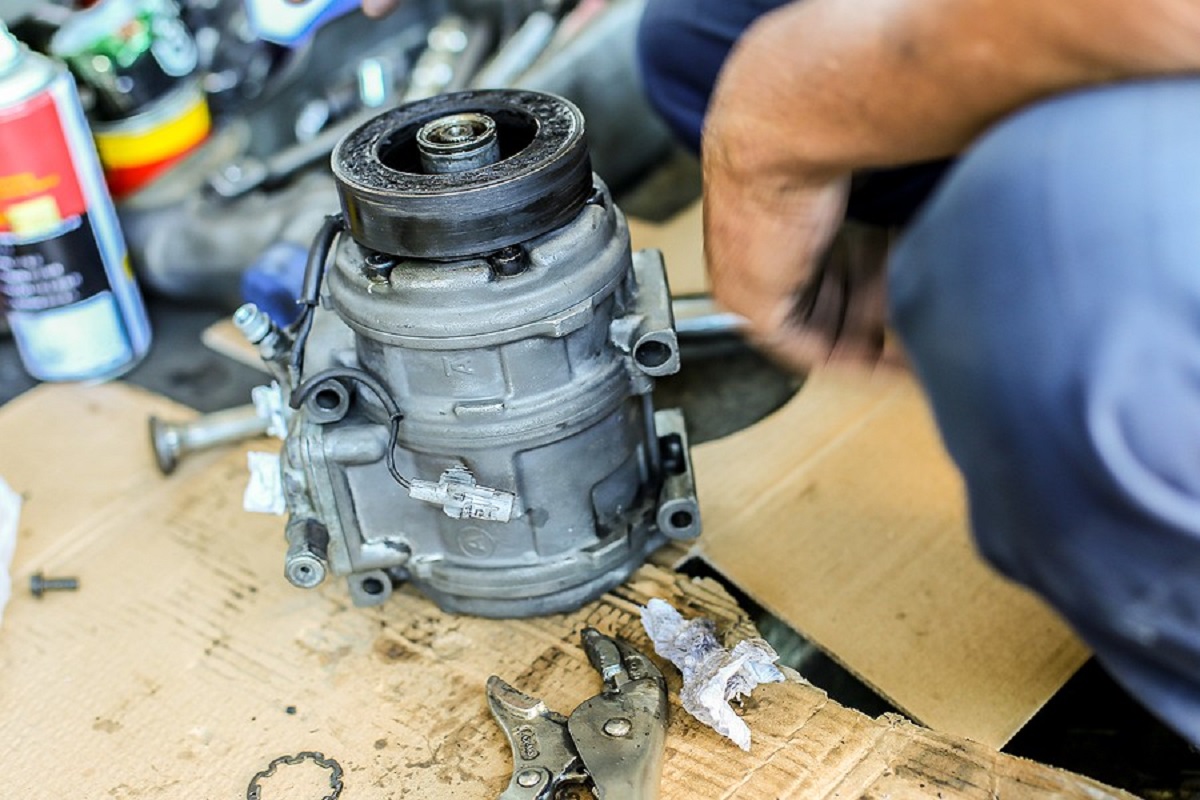
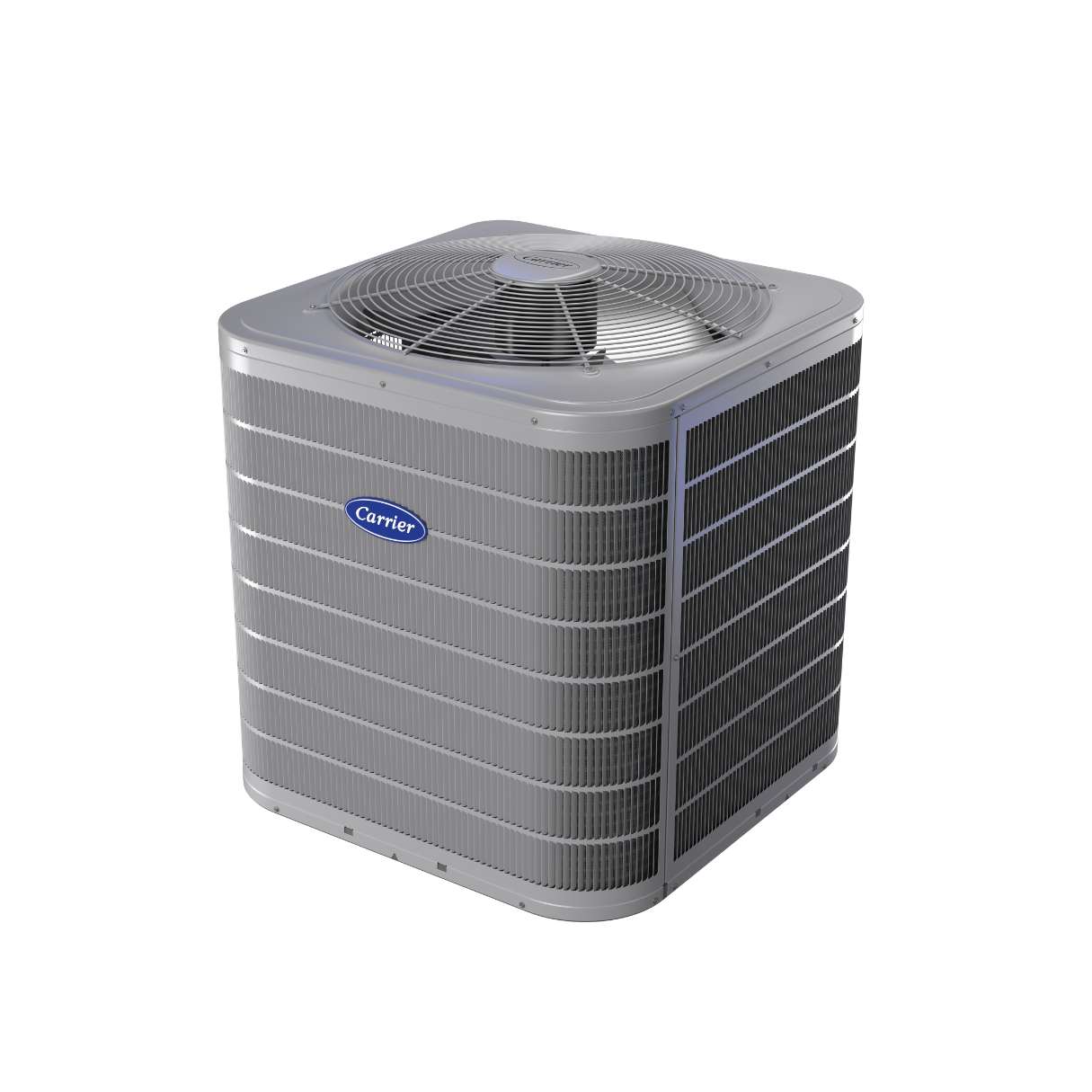
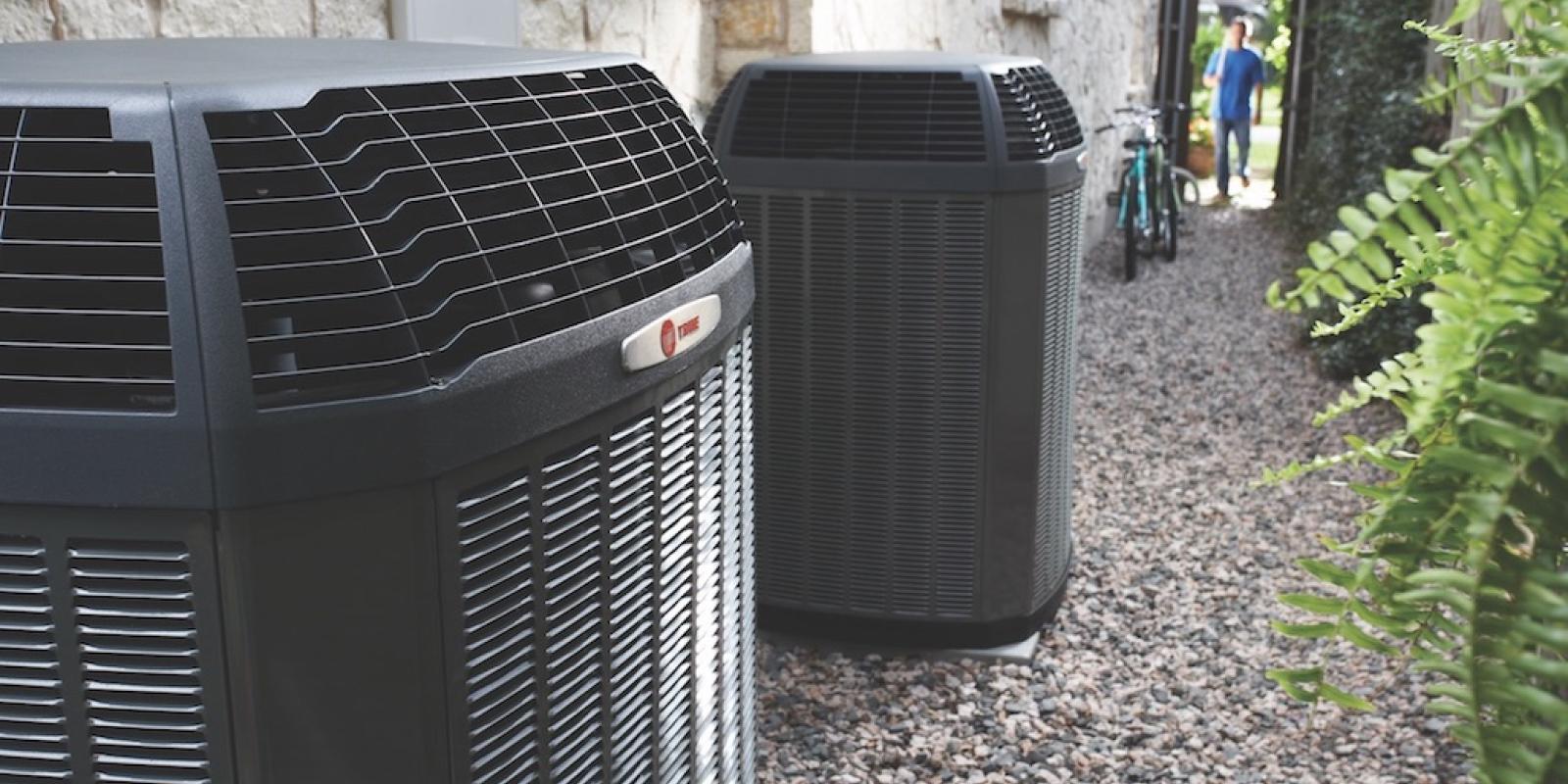
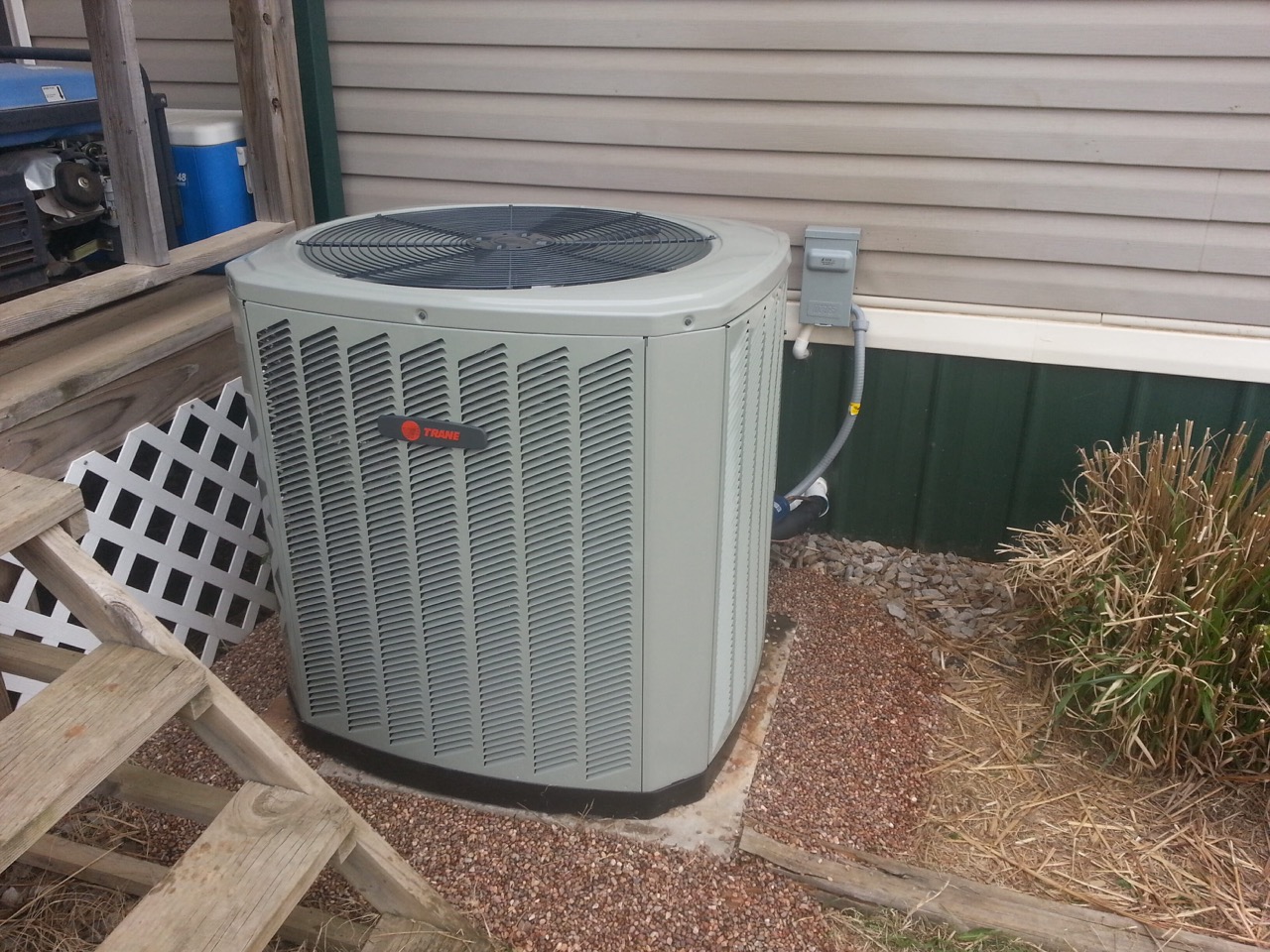
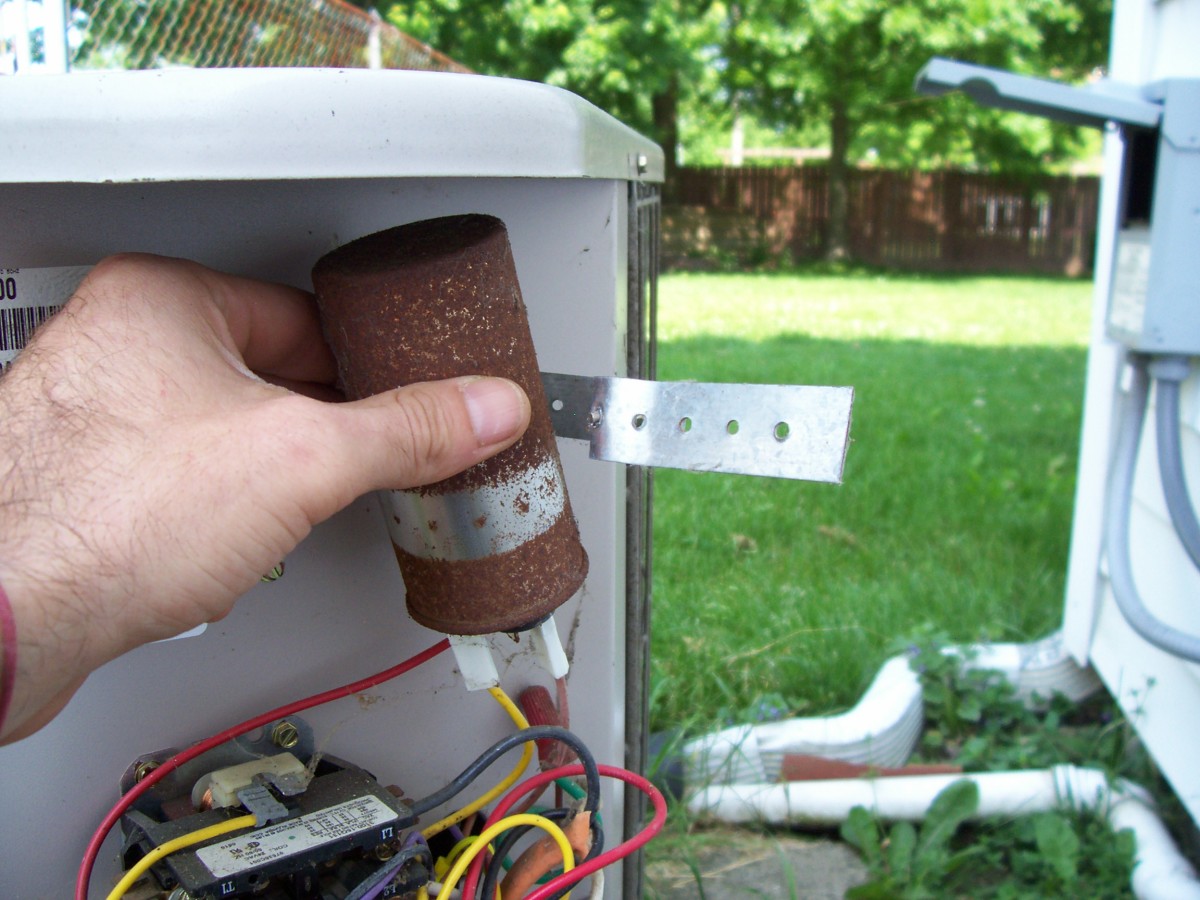

0 thoughts on “How Much Does A Ductless AC Cost”